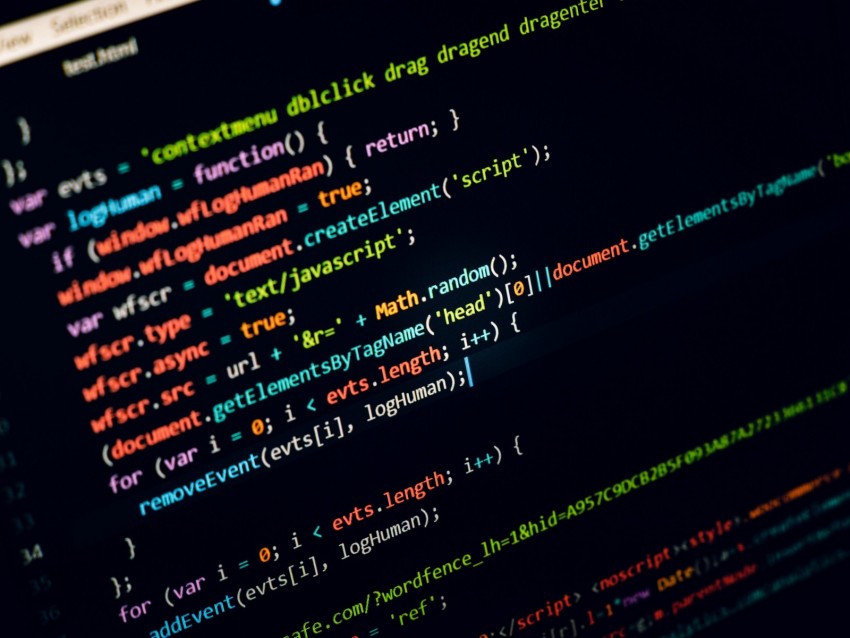
Table of Contents
What Is 2rsb9053?
The code 2rsb9053 has sparked curiosity in many fields due to its unique composition and uncertain origins. Whether it’s an internal identifier, a system-generated code, or a symbolic reference, 2rsb9053 carries significance in areas ranging from technology to manufacturing. At first glance, it may appear random — a string of letters and numbers — yet many such combinations represent structured data points or categorized items within large systems.
In modern data-driven environments, such alphanumeric codes help maintain organization, precision, and traceability. 2rsb9053 might relate to software architecture, industrial components, or even inventory tracking. Its mystery is what makes it fascinating, especially for those who analyze the hidden order behind coded systems.
The Possible Origins of 2rsb9053
The origin of 2rsb9053 remains open to interpretation. Often, such identifiers emerge from automated systems that generate serial codes to categorize items or users. In this case, the pattern — numbers followed by letters — could align with a production format.
For instance, “2r” might indicate a series or batch, “sb” could refer to a specific subcategory, and “9053” could represent a production or reference number. While there is no confirmed decoding, analysts suggest that 2rsb9053 may have ties to product tagging, firmware references, or secure authentication sequences.
Some researchers even speculate that 2rsb9053 might belong to internal testing logs or machine learning datasets, where unique identifiers ensure data accuracy and integrity.
Why Codes Like 2rsb9053 Matter
In the digital world, structured codes like 2rsb9053 serve a vital role. They allow systems to maintain distinct identity markers for countless items. In logistics, such identifiers simplify tracking and auditing. In programming, they enable clean referencing of functions, nodes, or modules.
Using codes rather than descriptive text ensures better database efficiency. This keeps data storage optimized and prevents confusion between similarly named entities. 2rsb9053 could easily be part of this global structure, where every digit and letter combination has a function, even if invisible to the public eye.
Such identifiers are also valuable for cybersecurity. Randomized patterns like 2rsb9053 make brute-force predictions difficult. A mix of numbers and letters prevents easy decoding, offering both structure and obscurity.
The Pattern Behind 2rsb9053
At a glance, 2rsb9053 seems arbitrary, yet its design might not be accidental. Alphanumeric patterns often follow logical structures. Systems generating codes frequently combine:
-
A numeric prefix, denoting version, sequence, or category.
-
A letter combination, referring to type, origin, or component.
-
A numerical suffix, acting as a counter or batch number.
Following this logic, “2r” might belong to a version branch, “sb” to a subtype, and “9053” to an index. This structured form allows the system to identify, retrieve, or manage information effectively.
Understanding 2rsb9053 from this structural viewpoint reveals how human-designed logic hides within random-looking strings.
2rsb9053 in Modern Data Systems
Across digital networks, identifiers like 2rsb9053 appear in every corner — from URL parameters to file hashes. They ensure data separation, maintain unique references, and eliminate duplication. In data science, such codes label models, experiments, or variable states.
In cloud computing, similar identifiers help track resource usage. In IoT systems, device IDs often take this form. A simple code such as 2rsb9053 might therefore represent a data node, machine component, or server instance.
Even in artificial intelligence training environments, unique identifiers organize learning samples. Without them, datasets would lose their structure, leading to inefficiency and confusion.
Industrial Applications of 2rsb9053
Industrial systems thrive on coded logic. In factories, every piece — from microchips to machinery — gets an internal identification code. 2rsb9053 could easily represent a part number, configuration key, or test model.
Manufacturing industries rely on these numeric sequences to control quality assurance. Each item in a batch has its own ID, allowing instant traceability in case of faults. A code like 2rsb9053 could point to the production date, the machine line used, and the inspection status.
For large-scale companies, millions of such codes exist simultaneously, all functioning seamlessly in background processes.
The Linguistic Nature of 2rsb9053
Interestingly, 2rsb9053 also appeals from a linguistic standpoint. Alphanumeric combinations merge language and number systems into one form. The letters offer phonetic identity, while the numbers introduce scale or quantity.
This hybrid creates compact forms of expression that transcend language barriers. Whether you’re in Japan, the USA, or Europe, 2rsb9053 carries the same structure and meaning. It represents universality — a symbol that needs no translation.
Such universal codes make global synchronization possible, especially in technology and commerce.
2rsb9053 and Technological Evolution
As technology evolves, so does the use of structured identifiers like 2rsb9053. In blockchain networks, cryptographic hashes act as digital fingerprints. In AI, model IDs help engineers manage updates and test results.
The rise of automation has made it impossible to function without coded indexing. Systems communicate through identifiers, not words. 2rsb9053, as a pattern, represents this shift toward machine-level precision.
Even though humans might not instantly decode it, machines interpret 2rsb9053 effortlessly — linking it to stored data, network endpoints, or configuration parameters.
Decoding 2rsb9053 in a Broader Context
Analyzing 2rsb9053 goes beyond guessing its meaning — it’s about recognizing the growing importance of digital order. Every platform, from social networks to cloud servers, depends on structured identification systems.
Without these invisible codes, data would overlap, identities would conflict, and systems would break. 2rsb9053 symbolizes that unseen architecture — where every entity has its own digital signature.
The code reflects how modern intelligence, both human and artificial, depends on structure to create meaning.

